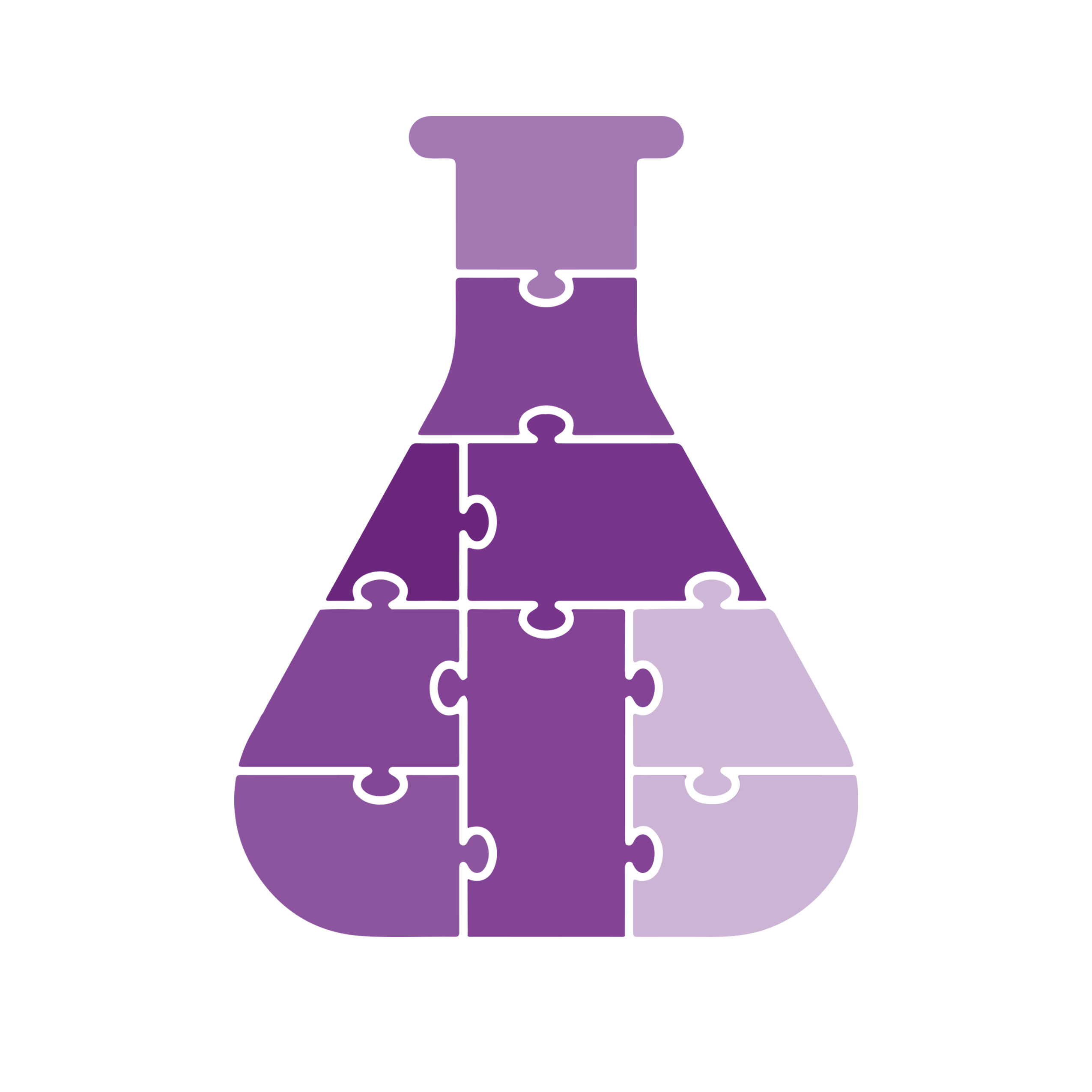主页 > COVID-19 > Covid-19 蛋白

Recombinant 2019-nCoV Spike protein S1 (T19R, ∆157-158, L452R, T478K, D614G, P681R) (16-685) was expressed in CHO cells using a C-terminal His- tag.
|
C19S1-G231FH-10 |
|
|
10 ug
20 ug
50 ug
100 ug
|
概述:
Severe acute respiratory syndrome coronavirus-2 (SARS-CoV-2) remains the most rapidly spreading disease since 2020. The spike glycoprotein (S) of coronavirus, a type I transmembrane protein containing two subunits S1 and S2, facilitates viral genome entry into the host cells through the interaction with angiotensin-converting enzyme 2 (ACE2) (1). B.1.617, also referred to as the Indian variant, caused a surge in COVID-19 cases in India in early 2021. This variant has also been reported in UK and US. B.1.617 has 13 mutations that result in amino acid changes. These mutations include T19R, ∆157-158, L452R, T478K, D614G, P681R. As new variants displace the first-wave virus, it is pivotal to evaluate their transmissibility, virulence and their possible tendency to escape antibody neutralization (2, 3).
基因别名:
2019-nCoV s1, SARS-CoV-2 spike S1, SARS-CoV-2 S1, novel coronavirus spike s1, nCoV spike s1, coronavirus spike S1, Delta variant
Genbank编号:
参考文献:
1. Lan J, et al: Crystal structure of the 2019-nCov spike receptor-binding domain bound with the ACE2 receptor. Nature. 2020, 581:215-220. 2. Peacock S: Expert reaction to cases of variant B.1.617 (the ‘Indian variant’) being investigated in the UK. Science Media center. 2021. 3. "Lineage B.1.617". PANGO lineages. Retrieved 12 June 2021.
该产品没有相关的出版物。
Acute Respiratory Distress Syndrome , COVID19, Virology